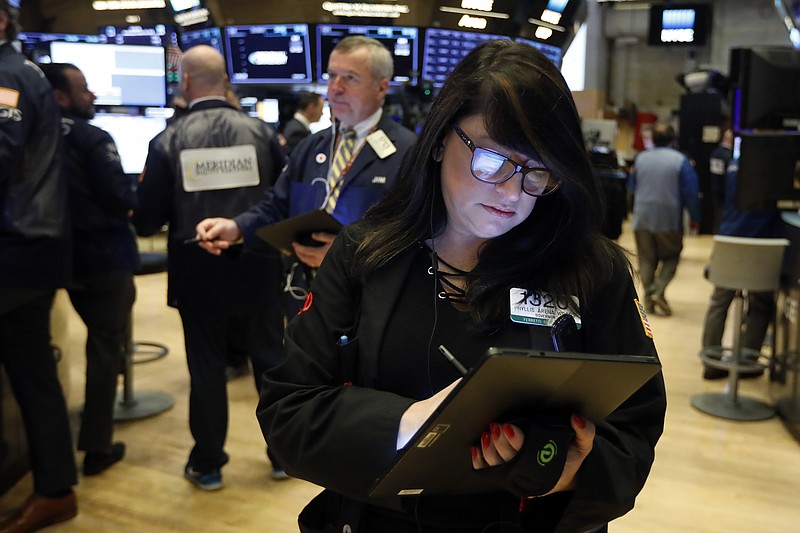NEW YORK (AP) — It’s the market that continues mostly upward, even though there’s still plenty to worry about.
The Dow Jones Industrial Average and the Nasdaq closed at record highs yet again Tuesday, and the S&P 500 closed barely below the all-time high it reached a day earlier.
The gains in recent weeks have been driven by company earnings that haven’t been as terrible as Wall Street was expecting, interest rate cuts, hopes for a trade truce and a steadily growing economy.
Wall Street got through the bulk of third-quarter earnings season last week, and the results were much better than what investors had been anticipating.
As of Friday, 71 percent of the members of the S&P 500 index have reported their results, and 76 percent of them have reported better-than-forecast results, according to FactSet. Also, 61 percent have reported higher than expected sales, which is important in the wake of concerns about an economic slowdown and the U.S.-China trade war.
This doesn’t mean earnings have been stellar. Expectations were low this quarter, and profits in the S&P 500 are down 2.7 percent from a year ago, according to FactSet. However, since companies are beating investors’ mediocre expectations, it’s provided the market with a base on which to rally upon.
Reports on jobs, growth and consumer confidence in the past couple of weeks have pointed to an economy that is overcoming global threats and expanding for a record-long 11th straight year.
Last week, the government estimated employers added 128,000 jobs in October. It was a modest gain, but the figure was depressed by the temporary loss of about 50,000 striking GM workers and the subtraction of 20,000 short-term Census jobs. Excluding those drags, the job gain would have been much higher. The government also revised up its estimate of job growth for August and September.
Those reductions in the benchmark short-term interest rate the Fed controls have also contributed to rising share prices.
The Fed’s rate cuts have helped keep longer-term rates low. The yield on the 10-year Treasury is now just 1.9 percent, down from 3.2 percent nearly a year ago.
With the 10-year yield barely above the 1.7 percent inflation rate, many investors feel compelled to seek out higher returns in the stock market, thereby inflating share prices to levels some strategists see as worrisome.
And while Powell hinted the Fed will likely stop cutting rates, he also made clear rate hikes aren’t likely in the foreseeable future. That would mean Treasury yields will remain low.
In Tuesday’s trading, the Dow climbed 30.52 points, or 0.1 percent, to 27,492.63. The S&P 500 fell 3.65 points, or 0.1 percent, to 3,074.62, and the Nasdaq composite rose 1.48 points, or less than 0.1 percent, to 8,434.68.

